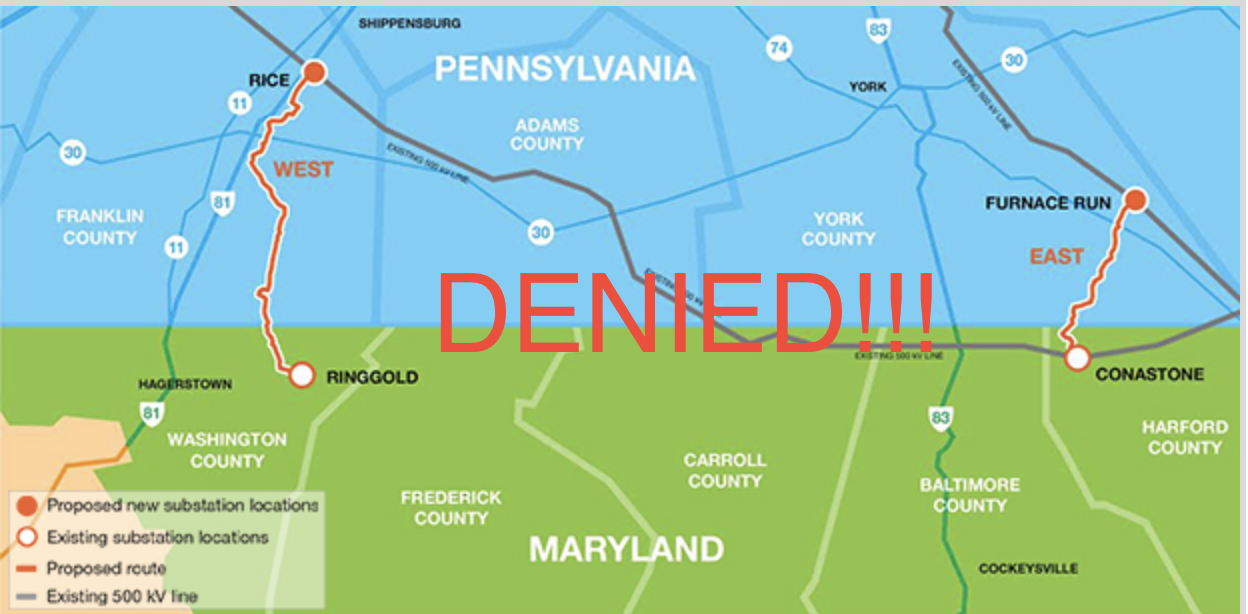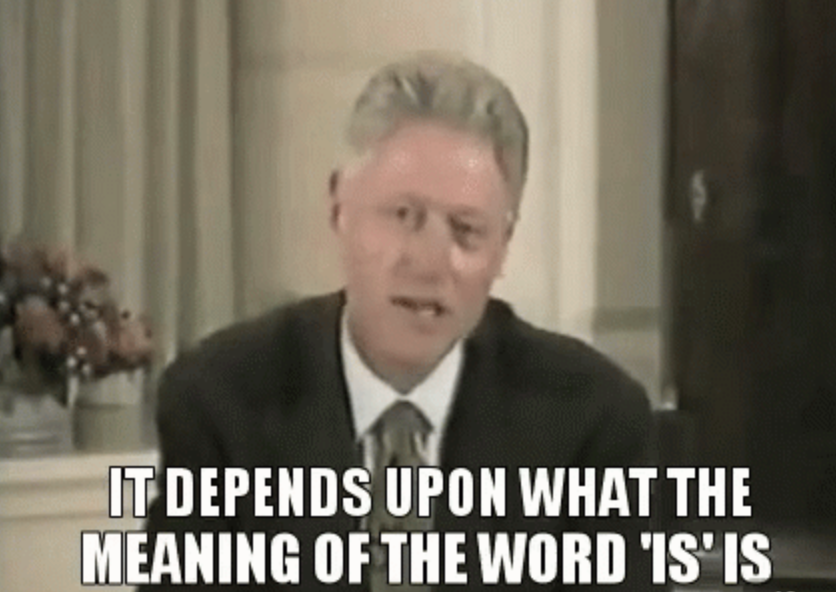Two words: Buy candles.
NERC sees possible problems ahead in California and Texas. Coincidentally, these regions have built a lot of renewables, which causes "more expensive" fossil fuel generators to close.
About California:
WECC-California is at risk of energy emergencies during periods of normal peak summer demand and high risk when above-normal demand is widespread in the west. Prior to summer, the planning reserve margin (which is based on existing and firm capacity) for the California-Mexico assessment area was below the 18.4% Reference Margin Level that WECC calculates is needed for maintaining loss-of-load risk below a 1-day-in-10-year benchmark (a 400 MW shortfall at peak demand). Probabilistic studies indicate 10,185 MWh of energy in the area is expected to go unserved this summer. Over 3 GW of additional resources are expected for this summer with most coming in the form of new solar photovoltaic (PV) generation. These generation plants can provide energy to support peak demand; however, solar PV output falls off rapidly in late afternoon while high demand often remains.
Imports to the area are needed to maintain reliability when demand peaks in the afternoon and to ramp up even further for several hours as internal resources draw down. California will have 675 MW of new battery energy storage systems on-line at the start of the summer that can continue to supply stored energy for periods when needed. Reliance on non-firm imports to cover high demand or low resource output conditions heightens the risk that operators will need to use energy emergency alerts (EEA)—and trigger the shedding of firm load in above-normal heat conditions—to maintain a stable BPS at times. Planned resource additions of 1,300 MW over the summer, including 825 MW of new battery storage, are expected to help mitigate late-summer risks.
In addition, there's the risk that a weather event, such as a wide area heat wave for instance, can make less energy from other regions available as they deal with their own needs. Imports are unreliable.
There's also:
Additionally, transmission networks can become stressed when events such as wildfires or wide-area heatwaves cause network congestion. The growing reliance on transfers within the Western Interconnection and falling resource capacity in many adjacent areas increases the risk that extreme events will lead to load interruption.
Operation of the BPS can be impacted in areas where wildfires are active as well as areas where there is heightened risk of wildfire ignition due to weather and ground conditions. Wildfire prevention planning in California and other areas include power shut-off programs in high fire-risk areas. When conditions warrant implementing these plans, power lines (including transmission-level lines) may be preemptively de-energized in high fire-risk areas to prevent wildfire ignitions.
About Texas:
Variable energy resources from wind and solar are critical to meeting peak electricity demand in ERCOT. Periods of low wind generation or higher-than expected thermal outages create a reliability risk during peak load hours. ERCOT appears to be in a weather cycle that may increase the risk of intensifying drought conditions and higher than normal summer temperatures. These weather factors could result in actual summer peak demand exceeding the forecast, which already anticipates record peak demand levels. Thermal outages may increase during severe and prolonged drought conditions due to cooling water supply and temperature issues.
Highest risk for unserved energy at peak demand hour, late afternoon (Risk can
extend for 1–2 hours after peak as solar PV output diminishes. Periods of low-wind, which usually occur 1–2 hours before peak demand, can also result in extended shortfall risk.)
This is scary news. However, the mainstream media chooses not to report reality (surprise! surprise!). Instead, the media chooses to focus on climate change being responsible for the shortages. They also like to talk about other things that don't really matter, like the Colonial Pipeline hack. Anything but the fact that electric systems dependent upon renewables are not dependable.
Just look at the capacity factors for wind and solar in the table at the end of the NERC report. The lowest wind capacity factor is listed as 7%, with the majority of them hovering somewhere between 10 and 20%. This means that those generators can only be expected to reliability produce 7% of their potential. Do you know how much overbuilding these poor capacity figures require? Does this even make sense? We'd have to build way too many to get any kind of "reliability," and even then the "reliability" is only a percentage on paper... reality may differ.
"But this turbine produces energy reliably 7% of the time!" However, today is a 0% day." Off go the lights.
Speaking of plans that only work on paper... building enormous amounts of new overhead transmission in order to hook all these poorly performing renewables together to produce a 7% chance of getting energy is so much fantasy. If increased reliance on renewables requires imports from other regions, what happens when all regions have increased reliance on renewables? Where does the energy come from then?
The warning is stark. Nobody is paying attention because it's not what they want to hear.
NERC officials warned:
The full report identifies the extent of the possible deficiencies, and Robb told reporters of his own concerns about how the energy transition might be impacting reliability.
"In our hurry to develop a cleaner resource base, reliability and energy adequacy have to be taken into consideration," he said.
The latest reliability assessment is "quite concerning," John Moura, NERC's director of reliability assessment and performance analysis, told reporters.
Summer 2020 and winter 2021 were "difficult to say the least," Moura said, and the latest assessment signals "similar risks" lie ahead.
In the long-term, system operators must do extensive analysis to ensure the addition of variable resources will not negatively impact reliability, he added. "As we look forward, it really just looks more stressful," Moura said, "because of the different resources coming onto the system."







 RSS Feed
RSS Feed